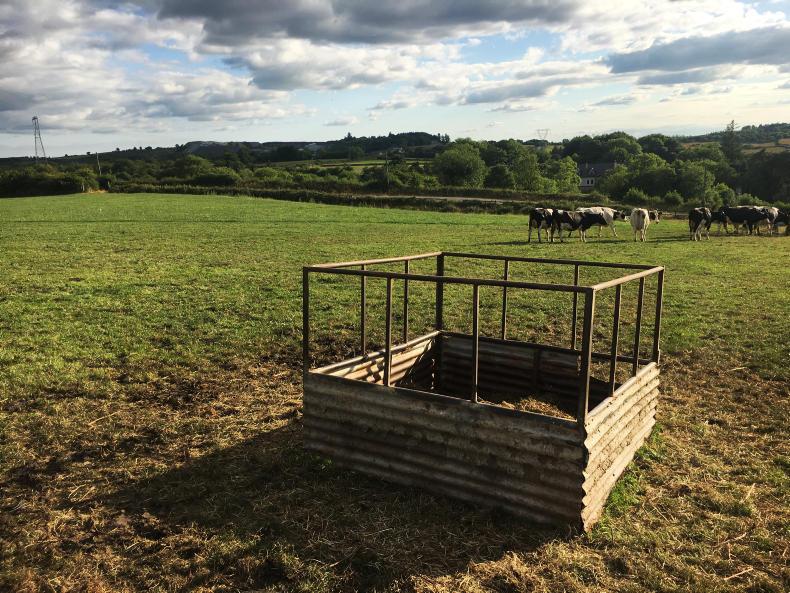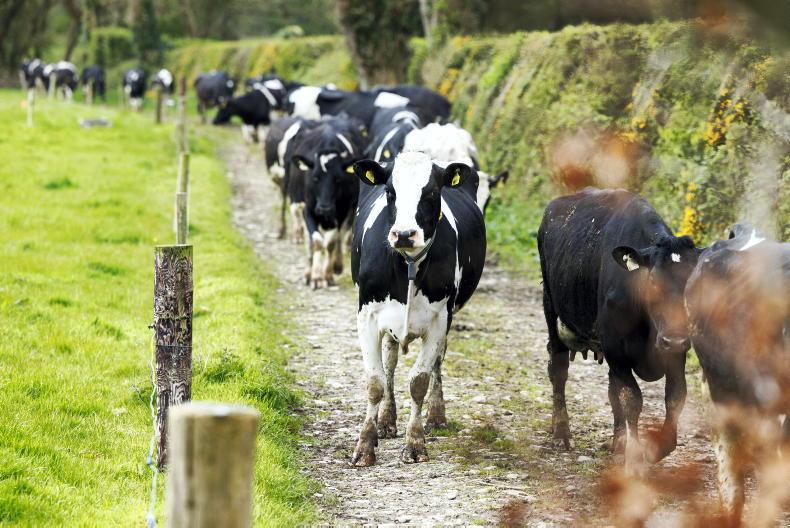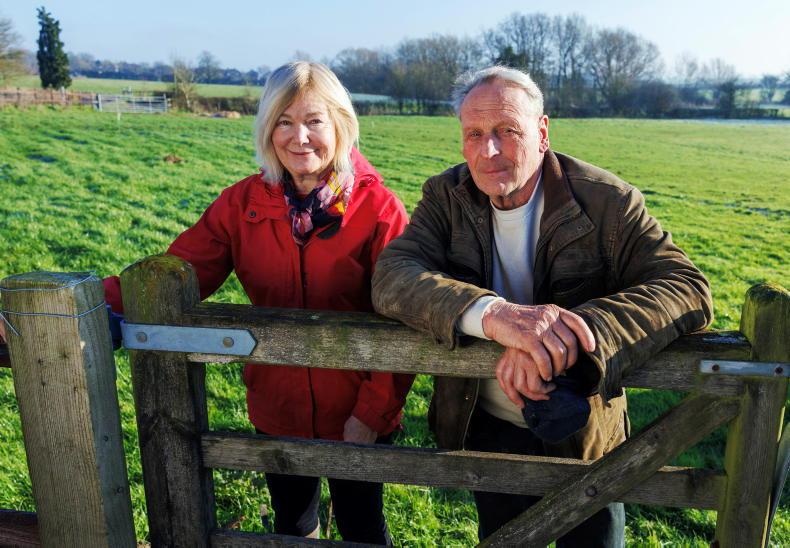Our climate is classified as a cool temperate oceanic climate, so what we do – our habits, attitude to wearing sunscreen, and just how comfortable we are in various weather – is defined by our climate. There is nothing that depends as much on the climate as agriculture.
The type of agriculture practised in Ireland and all aspects linked it such as livestock type and breed, stocking rate, crop yield, amount and type of livestock accommodation, etc are all interwoven with each other and with the climate that envelops it.
Farmers will have incurred a substantial cost to their business when profit monitors are poured over in early 2019 and indeed early 2020, and many hold the opinion that stocking rates are to blame insofar as farmers didn't have the capability to adjust to vastly elevated rainfall from August 2017 to January 2018, freezing and well-below normal temperatures from February to May this year and a drought, which was unlike anything anybody has seen before.
The alternative
The alternative is to have lower stocking rates but coupled with less efficiency. We cannot have the same grass growth over the last 10 years and lower stocking rates. This would push the supply of grass far over the demand for it.
If we become less efficient, then we don’t produce and export as much agricultural product and this causes big problems…less jobs in the wider agriculture industry resulting in rural depopulation, unsustainable farms and a requirement for much higher prices to be paid by the consumer for food.
It is scientifically inaccurate to make a decision based on the occurrence of a particular event once. Multiple tests on anything have to be carried out to assume accuracy.
In this way, we as farmers should look at longer weather patterns – not just annual ones.
There are aspects of this year which we can learn from. We require a buffer of forage every year, so that the challenging year is mitigated somewhat. Farmers need to work together, and we already see this in fruition as tillage farmers sow brassicas on stubble ground.
Farmers also need to address clear deficiencies in terms of grass growth on farm and focus on fixing soil acidity levels with lime application and indeed building phosphorous and potassium indices.
While we don’t wish to see a drought again, is the flip side of the coin better? Would we rather a very wet summer? The answer to these questions will be completely different depending on where one farms and what climatic and soils conditions persist in the norm on the particular farm.
Read more
Farmer Writes: phacelia is to cover crops as Fendt is to tractors
Our climate is classified as a cool temperate oceanic climate, so what we do – our habits, attitude to wearing sunscreen, and just how comfortable we are in various weather – is defined by our climate. There is nothing that depends as much on the climate as agriculture.
The type of agriculture practised in Ireland and all aspects linked it such as livestock type and breed, stocking rate, crop yield, amount and type of livestock accommodation, etc are all interwoven with each other and with the climate that envelops it.
Farmers will have incurred a substantial cost to their business when profit monitors are poured over in early 2019 and indeed early 2020, and many hold the opinion that stocking rates are to blame insofar as farmers didn't have the capability to adjust to vastly elevated rainfall from August 2017 to January 2018, freezing and well-below normal temperatures from February to May this year and a drought, which was unlike anything anybody has seen before.
The alternative
The alternative is to have lower stocking rates but coupled with less efficiency. We cannot have the same grass growth over the last 10 years and lower stocking rates. This would push the supply of grass far over the demand for it.
If we become less efficient, then we don’t produce and export as much agricultural product and this causes big problems…less jobs in the wider agriculture industry resulting in rural depopulation, unsustainable farms and a requirement for much higher prices to be paid by the consumer for food.
It is scientifically inaccurate to make a decision based on the occurrence of a particular event once. Multiple tests on anything have to be carried out to assume accuracy.
In this way, we as farmers should look at longer weather patterns – not just annual ones.
There are aspects of this year which we can learn from. We require a buffer of forage every year, so that the challenging year is mitigated somewhat. Farmers need to work together, and we already see this in fruition as tillage farmers sow brassicas on stubble ground.
Farmers also need to address clear deficiencies in terms of grass growth on farm and focus on fixing soil acidity levels with lime application and indeed building phosphorous and potassium indices.
While we don’t wish to see a drought again, is the flip side of the coin better? Would we rather a very wet summer? The answer to these questions will be completely different depending on where one farms and what climatic and soils conditions persist in the norm on the particular farm.
Read more
Farmer Writes: phacelia is to cover crops as Fendt is to tractors










SHARING OPTIONS